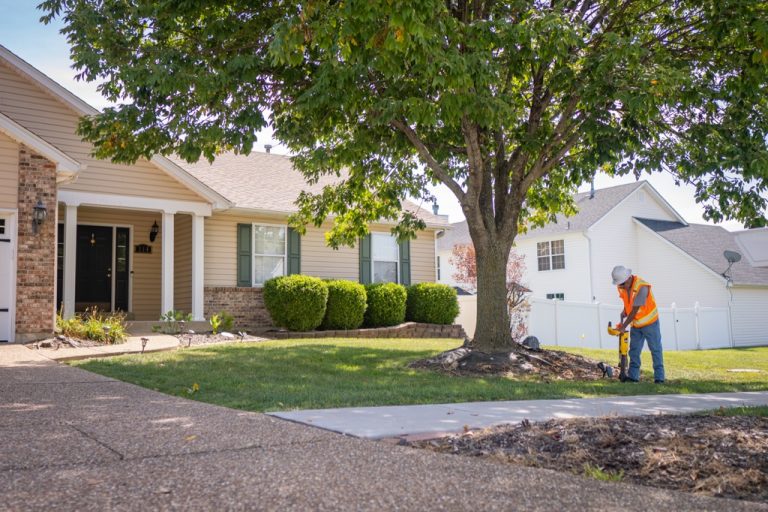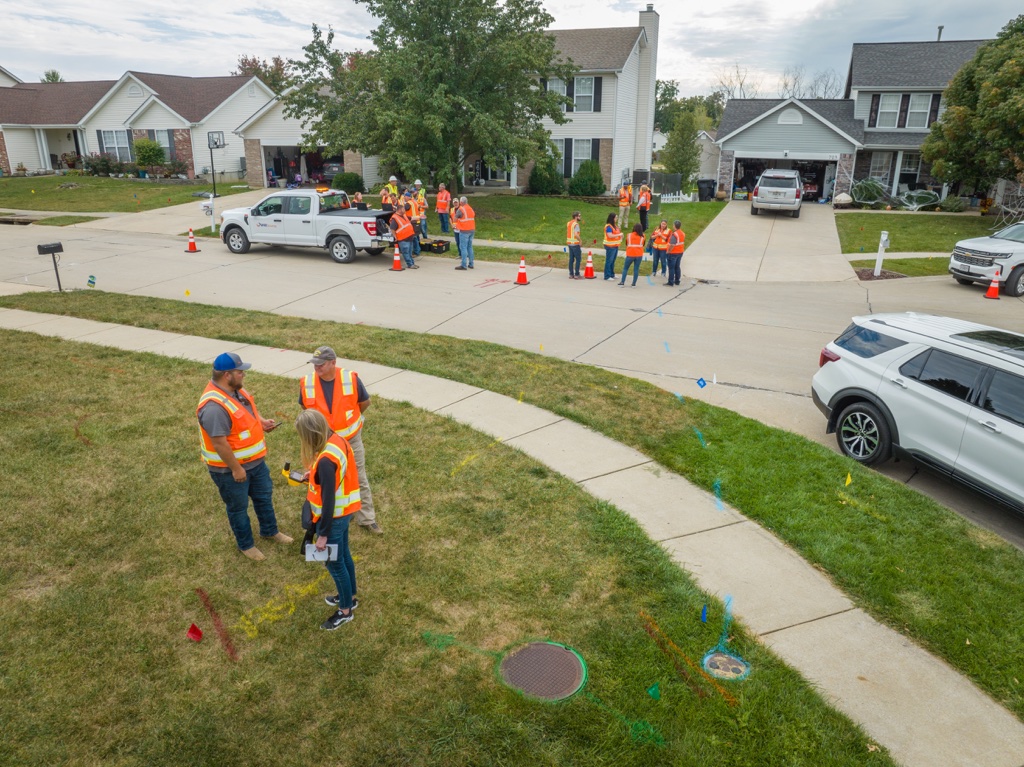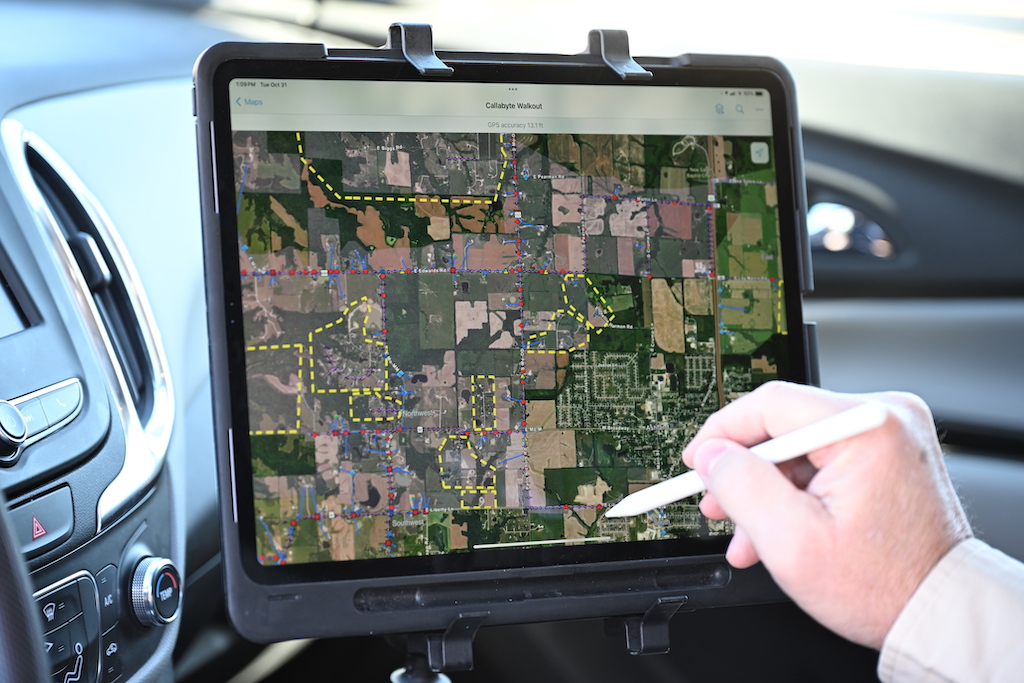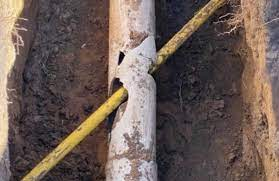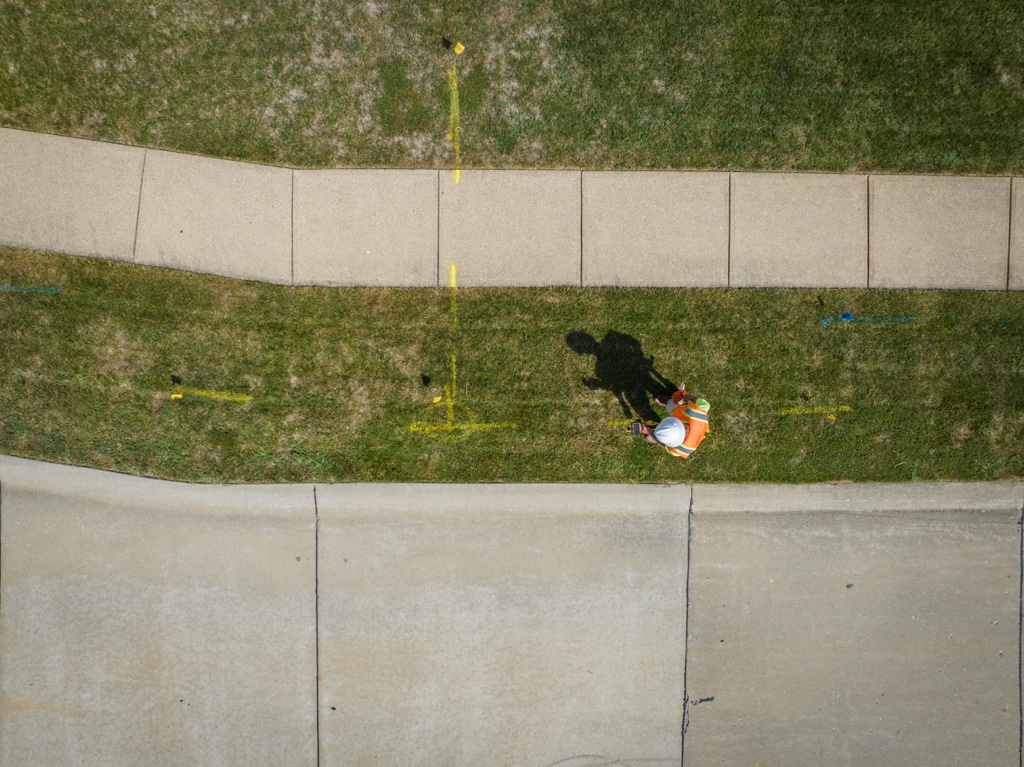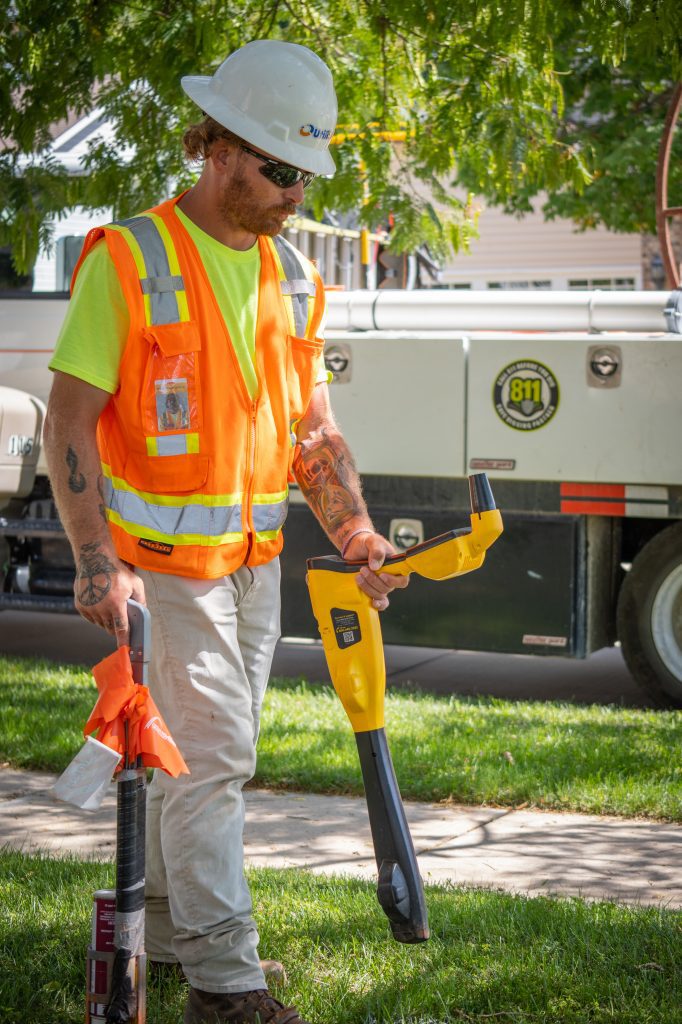If you are a property owner, you should be aware of utility easements. In a nutshell, utility easements are a type of easement that establishes the right for a utility company to control a subsection of a property owner’s land if there are utilities within or near property lines. But what does this mean for property owners?
Property Law: Utility Easements on Your Property
How an Easement is Established
First and foremost, the existence of a utility easement indicates that either the current or previous owner granted an easement to a utility company. Utility companies can choose to request an easement agreement for a variety of reasons, such as the construction of utility poles for power or telephone lines. Once an easement is established, it remains in place regardless of whether the property is sold or re-zoned, and can only be dissolved by the utility company who was initially granted the easement.
How Do I Know if My Property Has an Easement?
Utility easement documents are typically attached to the property’s deeds, and these documents can generally be acquired from the real estate agency or title company. However, depending on the method in which an easement is established, the title of the document may not include “easement”, and might be easily overlooked.
By calling the city, utility companies, or former owner, a property owner should be able to determine whether their property has an easement. Additionally, doing a title search and asking the title company for a report is a very reliable way to access the information you need.
Utility Easement Restrictions
Unfortunately, utility easements affect how you can use and manage your property. This is because utilities require maintenance, replacements, and sometimes need to be updated, and this requires uninhibited access to the portion of the property covered under the easement.
What this means for property owners is that any portion of land where a utility line exists, whether under or above ground, must remain clear and accessible. This means you cannot build, dig, or block an area within an easement. This is especially true for sheds or barns, swimming pools, and even parking your car on the easement.
Installing a driveway or placing a fence around your house or yard across an easement zone is typically not an issue depending on the type of utility present and its specific purpose. In the case of fencing, utility companies must be able to gain access in a timely manner. Before making any modifications like this, it is important to obtain approval from the city or local utility company. If you need to build something near a power line, utility pole, or electric facility on your easement, it is important to contact the city or utility company to understand and meet the building codes set in place.
It is important to remember that these restrictions are set forth for public health and safety. Busted water mains, damaged power lines, and gas leaks can have devastating effects on both your property and the surrounding area. Refraining from building on or disrupting the easement area secures your own belongings and allows rapid access for workers to perform maintenance.
UtiliSource: Utility Locating Services
If you need help locating utilities and finding easement boundaries on your private property, contact our team at UtiliSource. Our team of experts is well-equipped with the best utility locating systems and GIS mapping technologies to provide you with the most advanced utility easement maps. Call us today to learn more!
Frequently Asked Questions
Utility easements are typically maintained by the utility or utility provider, such as an electric, telecommunications, or water company. Local government or property owners may also be responsible for maintaining utility easements.
A utility easement usually varies in width, depending on the specific utility needs. Generally, the width of a utility easement can range from 10 to 50 feet.
Utility easements are legal restrictions on a property, so you will need to research local land records to determine if they exist on your property. Your local government may provide resources to help you with this process.
Yes, you can refuse a utility easement, however you should be aware of any legal or financial implications of doing so. It may also be necessary to seek legal advice if the utility company takes legal action.

